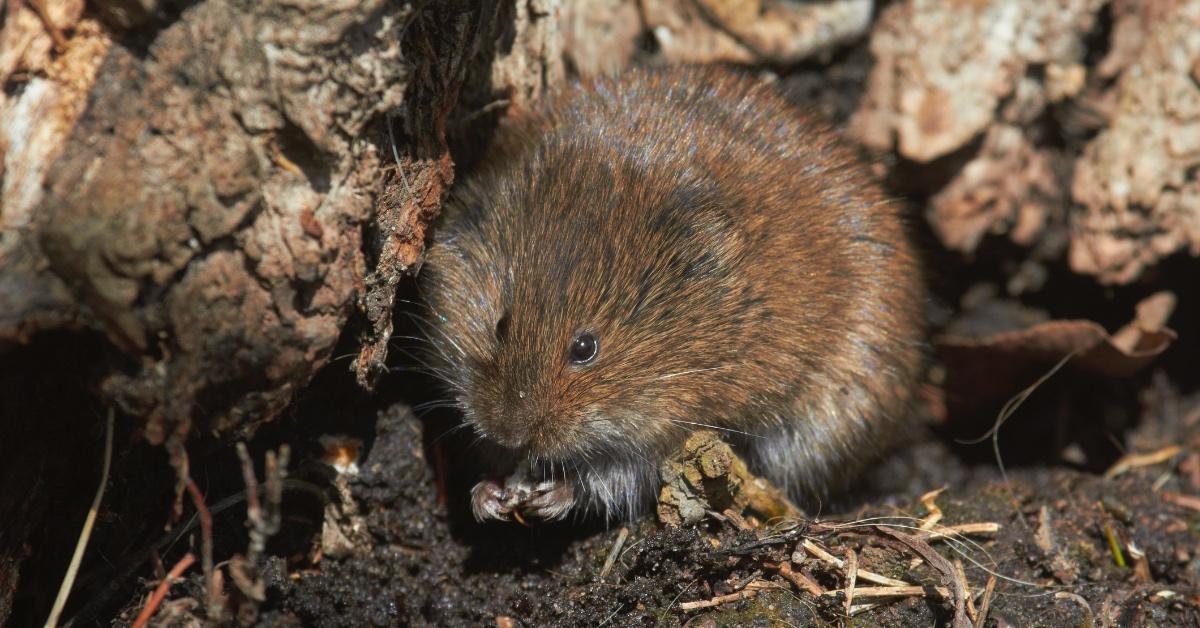All About Alaskapox: Symptoms, Where It Comes From, and How It's Transmitted
Alaskapox is closely related to smallpox and was first discovered in Alaska in 2015. 2024 marks the seventh case of this rare virus.
Updated Feb. 13 2024, 4:59 p.m. ET

Red-backed voles are the most common carriers of Alaskapox.
Concerns about rare viral diseases have been growing since studies revealed that many dangers lurked within rapidly thawing permafrost. As it turns out, some diseases were already around us — they were just lesser known.
One of these lesser-known viruses is Alaskapox, first recorded in a human in 2015, with a second case in 2020. Since 2015, there have been only six total cases of the disease. However, in 2024, the seventh case was the first recorded fatal case of Alaskapox.
Here's what you should know about the symptoms of the Alaskapox virus, where it comes from, and how its transmitted.

A man has died in the first fatal case of the Alaskapox virus.
In a bulletin issued by Alaska health officials on Feb. 9, 2024, the state confirmed the first fatal instance of Alaskapox had occurred in late January 2024. The patient was an elderly man living in the Kenai Peninsula who first reported symptoms in September 2023.
The patient first noticed a red papule in his right armpit and consulted several physicians over six weeks. On Nov. 17, he was transferred to a hospital in Anchorage.
Following his transfer, the patient began to experience more severe symptoms, such as the inability to move his arm, and tested positive for cowpox on Dec. 8. A swab taken from the initial papule was sent to the Centers for Disease Control and Prevention (CDC) and tested positive for Alaskapox, at which point the patient was put on different antibiotics and seemed to be improving.
Sadly, he ultimately "exhibited delayed wound healing, malnutrition, acute renal failure, and respiratory failure," reported the bulletin.

Red-backed voles are the most common carriers of Alaskapox.
While health officials have not yet determined how the man became infected with Alaskapox, the bulletin also noted that the patient had been caring for a stray cat at the time of death. He reported being scratched by said cat before falling ill.
What are the symptoms of Alaskapox?
According to the State of Alaska, the Alaskapox virus is "an orthopox virus that was first discovered in 2015 in a woman who lived near Fairbanks." According to the CDC, an orthopoxvirus is a virus that affects animals and humans and includes smallpox, cowpox, and mpox.
The virus is most commonly found in the Fairbanks North Star Borough, but the most recent case was located in the rural area of the Kenai Peninsula Borough.
Symptoms of Alaskapox include:
- Swollen lymph nodes
- Muscle or joint pain
- Skin lesions.
Where does Alaskapox come from?
The State of Alaska health bulletin explains that Alaskapox is commonly found in small mammals in the area, especially red-backed voles and shrews. However, research is still being conducted about how the virus can spread from animals to humans.
Human-to-human transmission of Alaskapox has not yet been recorded. Some orthopoxviruses can be spread from human to human if they come in direct, unprotected contact with pus or body fluids emitted by lesions.